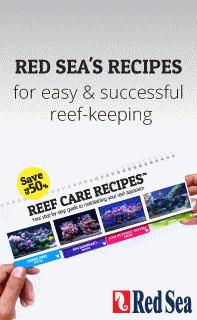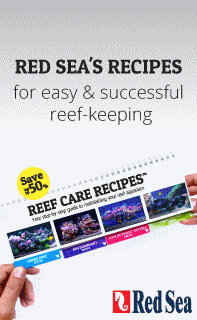-
Similar Content
-
Topics
-
Latest Update
-
2
Letting go a few more items clearance price
Rocks, Phosban reactors and frag rack sold. Left ATO -
0
Wts Redsea RL90, Nero 5
-Redsea RL90 with mount, used ard 1.5 year $250 -2 X Nero 5 with nem guard $200 each collection at s682815 -
-
0
UFO Chalice Frags Clearance Sale
Hi , Below are the 3 frags to clear . Frag A Chalice $80 (approx 5x5.5cm) Frag B $100 (Appox 7 x 6cm ) Frag C : $120 Approx ( 10 x 6.5cm ) Self Collect at woodlands . WA 81380138 to reserve Thank you -
0
Looking for 4ft Giesemann Spectra
Anyone still have a working 4ft Giesemann Spectra set available for sale?
-






Recommended Posts
Join the conversation
You can post now and register later. If you have an account, sign in now to post with your account.